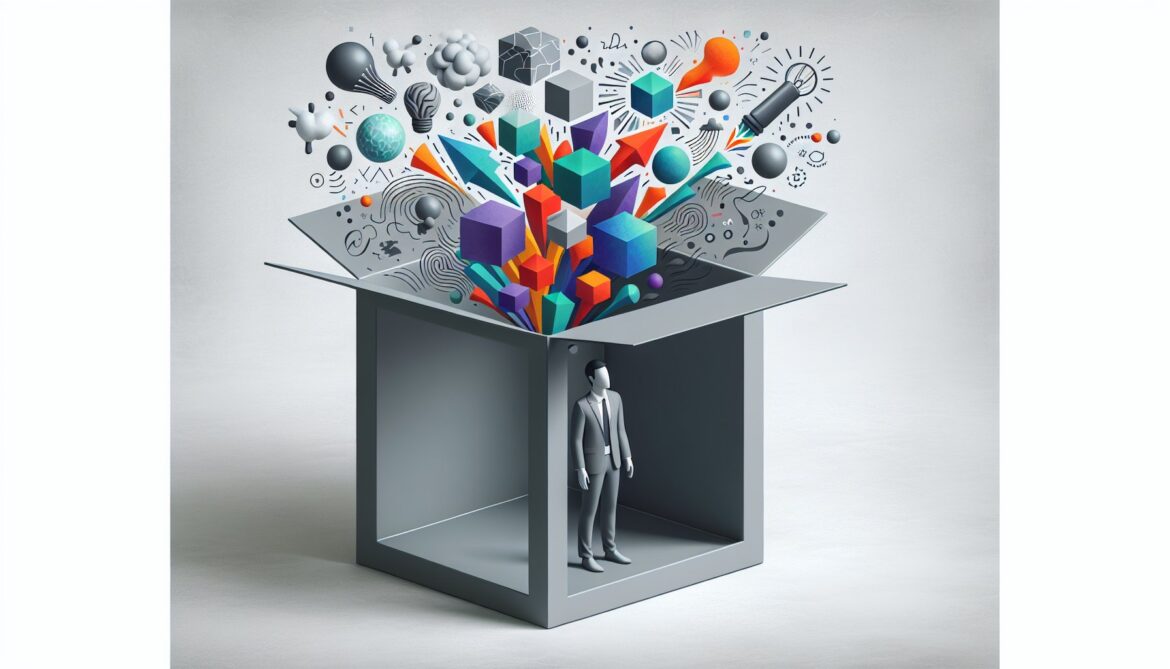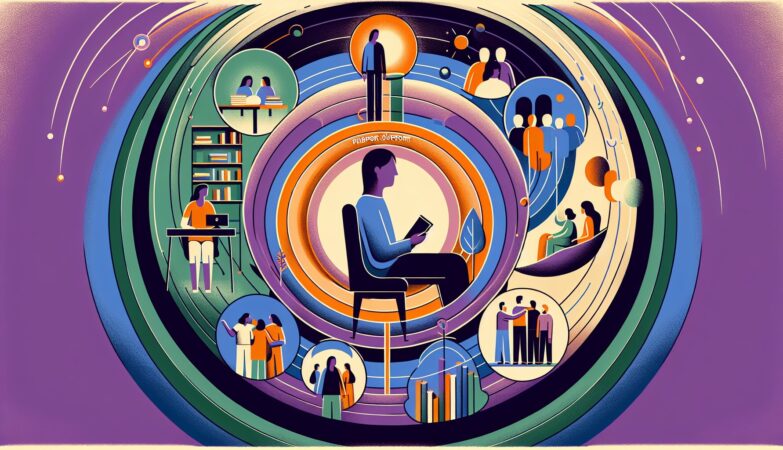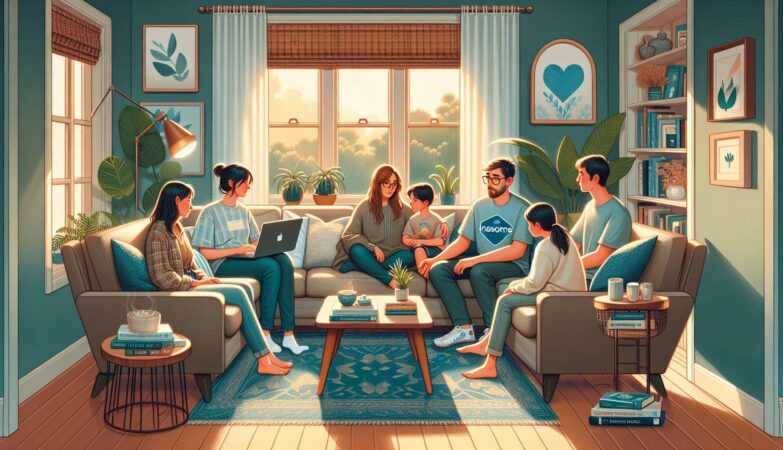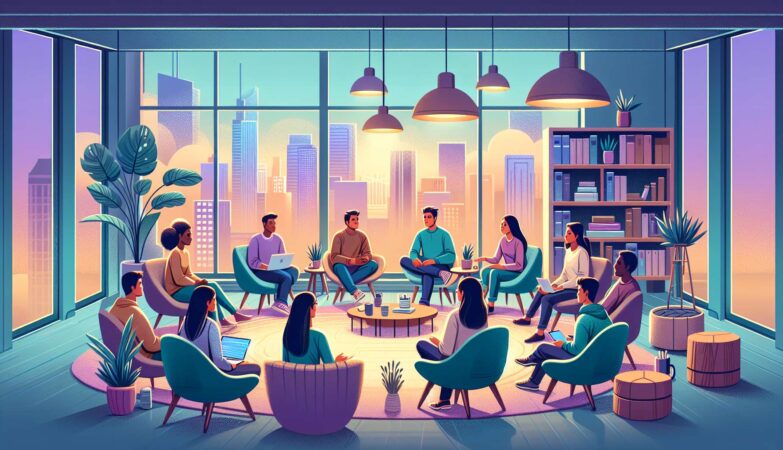I was in a sophomore design class when I first saw it happen. A student presented an unconventional solution to a coding problem. It worked. It was efficient. But it didn’t match the pattern the professor had taught.
The feedback wasn’t “this is interesting, let’s explore it.” It was: “This isn’t the standard approach. Points deducted.”
The student never submitted an unconventional solution again.
That moment stuck with me because I realized something: standardization doesn’t just measure less. It produces less. It actively trains people out of thinking differently.
The Standardization Trap
Think about what standardization actually requires. If you’re going to scale education to millions of students, you need everyone learning the same curriculum, in the same way, at the same pace. You need measurable outcomes that apply universally. You need to turn complex human learning into a system.
And here’s the problem: systems optimize for the average.
When you standardize, you’re essentially saying: “Here’s the path. Everyone walks it together.” That works fine for students in the middle of the distribution. It’s designed for them. But what about the kid who’s three years ahead? What about the kid who learns differently, thinks in patterns nobody anticipated, sees connections nobody else sees?
Standardization tells them to slow down. Fit in. Follow the path.
I’ve watched brilliant kids get bored into mediocrity because the system couldn’t accommodate their pace. I’ve seen creative thinkers labeled as “difficult” or “not team players” because they questioned why things were done a certain way. I’ve watched teachers tell students to stop asking tangential questions because “we need to stay on curriculum.”
The system wasn’t designed to crush creativity on purpose. It was just designed to crush deviation. And deviation is where creativity lives.
Creativity Requires Deviation
Here’s a fundamental truth: creativity is non-standard by definition.
The moment you have a standard approach, a standard answer, a standard way of thinking about a problem, you’ve stopped being creative. Creativity is what happens when someone looks at the standard and says, “What if we did it differently?”
It requires experimentation. Failure. Dead ends. Unconventional thinking. The willingness to try something that might not work.
But standardized education penalizes exactly that. Wrong answers get marked wrong. Unconventional approaches get flagged. Experiments that fail tank your grade. The system rewards people who follow the playbook perfectly, not people who invent new playbooks.
So here’s the contradiction at the heart of education: Schools say they value creativity. They put it in mission statements. They talk about fostering innovation and critical thinking. But then they reward conformity. They grade on whether you match the expected answer. They penalize deviation.
It’s like saying you value free thinkers while systematically training people to think inside boxes.
The worst part? Students learn the lesson. They internalize it. By the time they graduate, they’ve been trained so well that they don’t even try to think differently anymore. They’ve learned that the safe path is the right path. That fitting in matters more than standing out. That the standard approach is always the best approach.
And we wonder why so many people feel uncreative.
The Real Cost
This isn’t just about individual frustration. This is about what we’re losing at a societal level.
Every standardized system crushes some potential innovators. Not all of them, but some. The kid who thinks in patterns. The one who sees problems differently. The one who would’ve built something nobody else would’ve thought of.
We tell them their thinking is wrong. We grade them down for it. We suggest they conform. And most of them do, because the incentives are clear. Conform and you get good grades, credentials, jobs. Think differently and you risk falling out of the system.
So they conform. And then they graduate and wonder why they don’t feel creative anymore. Why they struggle with open-ended problems. Why they need someone to tell them what to do. Why they’re good at following instructions but bad at creating something new.
That’s not a personal failure. That’s a system that worked exactly as designed. It trained them well.
Think about the aggregate effect. How many potential solutions to hard problems never get attempted because the person who would’ve attempted them got trained to think conventionally? How many innovations died before they were born because someone decided to play it safe instead? How many companies never existed because the person who would’ve founded them listened to a teacher who said “that’s not how the real world works”?
The economy and society both run on innovation. And we’ve built a system that systematically trains it out of people. Then we’re surprised that most people aren’t innovators.
The Performance vs. Potential Gap
Here’s something I’ve noticed: the people who become the most creative, innovative problem-solvers are often not the people with the best grades. Sometimes they’re the ones who got mediocre grades because they refused to play the game. The ones who questioned the standard. The ones who got in trouble for thinking differently.
This suggests something uncomfortable: standardized education might actually be selecting against creativity, not for it.
The system rewards compliance. It rewards people who follow instructions well, memorize effectively, and produce standard answers. Those are useful skills, don’t get me wrong. But they’re not the skills that drive innovation.
So you end up with a weird outcome: the people most likely to succeed in school are not always the people most likely to do something remarkable in the world. And the people most likely to do something remarkable often struggled in school because the school couldn’t accommodate how their minds worked.
Breaking the Pattern
The thing is, this doesn’t have to be this way. Creativity isn’t some rare gift that only some people have. It’s what happens when you’re given permission to deviate from the standard. When failure isn’t catastrophic. When questions are encouraged instead of discouraged. When unconventional thinking is seen as a strength, not a problem.
Some of the most creative people I know became creative not because school taught them to be, but despite school. They found spaces outside the system where deviation was allowed. Where experimentation didn’t tank their grade. Where asking weird questions was encouraged.
That’s where creativity lives. Not in standardized classrooms. In communities. In projects. In spaces that reward trying new things, not just following the playbook.
The Contradiction
But here’s what I find fascinating: employers are desperate for creative thinkers. They want people who can innovate, solve novel problems, think outside the box. Every job posting talks about it. Every company says they value creativity.
Yet they hire based on credentials from a system that systematically trains people not to think creatively. They want unconventional thinkers but hire people trained to be conventional. They want innovation but reward credentials that measure conformity.
Tomorrow, we’re going to unpack that contradiction. Because it’s the key to understanding why this broken system perpetuates itself.







